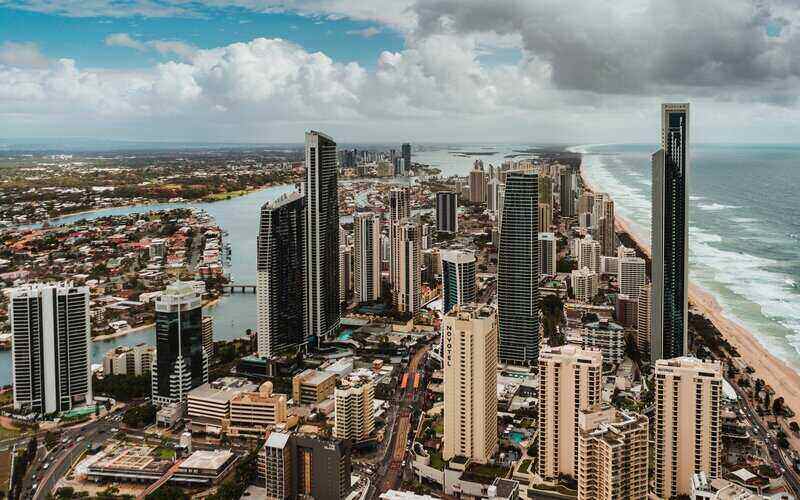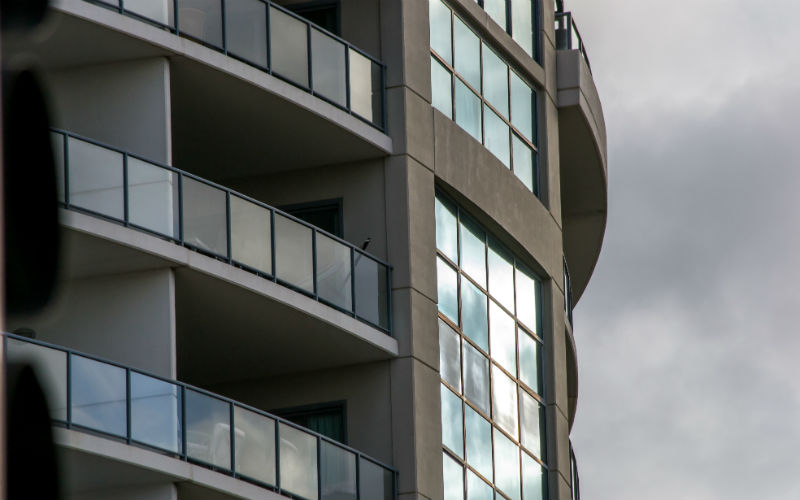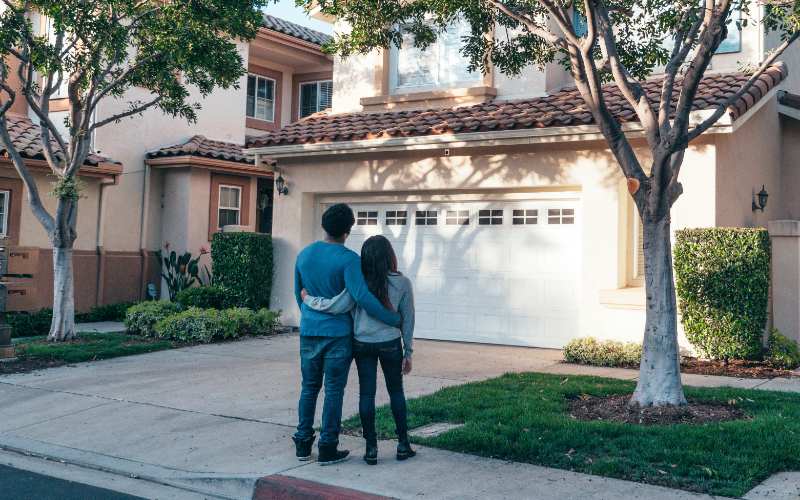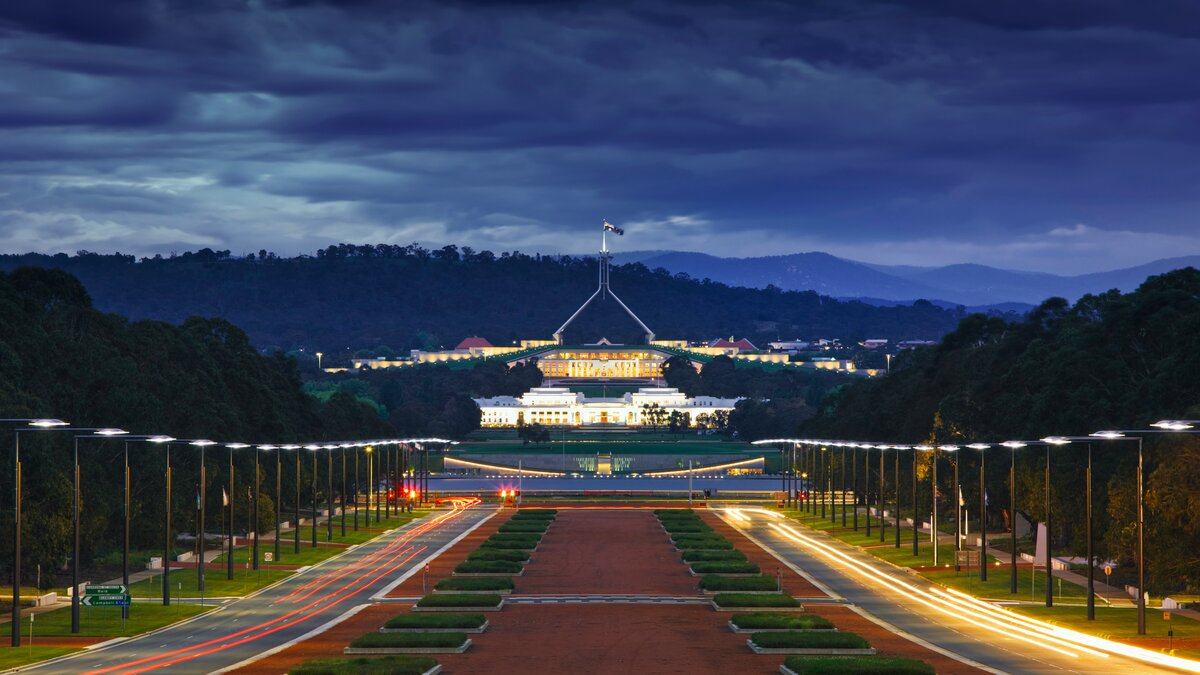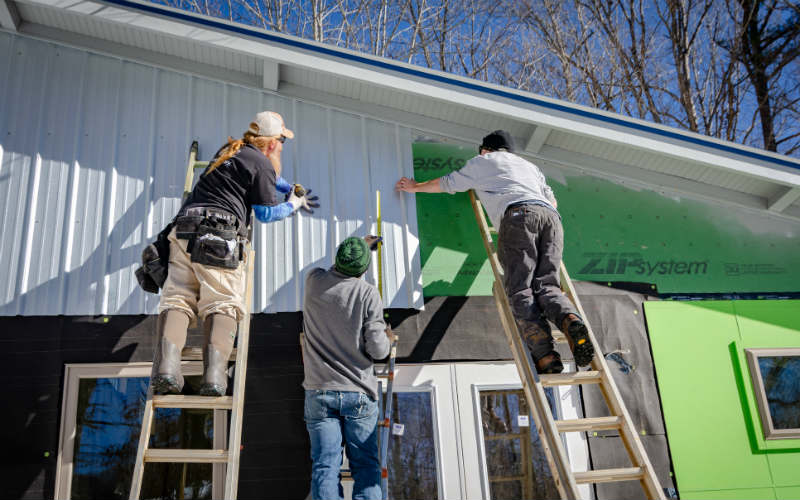Let's get straight to it. The Labor government is back for a second term with an increased mandate to improve the lives of those who voted for it - and those who didn't.
Although counting is still underway, it seems the Senate will also be less treacherous for bills trying to make their way into legislation.
So, what will this mean for everyday Australians?
Let's take a look at how government election promises and policies will affect you.
Tax cuts coming
A surprise, but modest, tax cut was part of Labor's March Budget but it won't be for a while.
Australia's lowest marginal tax rate will drop from 16% to 14% over a two-year period, with 1% cuts taking effect from 1 July 2026 and again on 1 July 2027.
In effect, this measure will put more money in the pockets of all Australians although will hardly see them living large, with the cuts translating to between $5-$10 a week.
Workers will now also be able to claim a standard $1,000 in work expenses on their tax returns without any questions asked - up from $300.
But this is a tax deduction, not an automatic refund.
See also: Which political parties' tax policies see you better off?
Student loans cut by 20%
This is the election promise that cheered many Millennial and Gen Z voters and Prime Minister Anthony Albanese has promised it will be one of the first pieces of legislation passed, slated to take effect from 1 July.
The move will wipe $16 billion off the books and will see HECS balances of university graduates dropping by around $5,520, based on the average HELP debt of $27,600.
It will also see the minimum income threshold for loan repayment lifted to $67,000 from $54,000 a year.
Any reduction in student debt balance can effectively increase borrowing power, particularly given earlier moves by some lenders to ease lending restrictions around student debt following government pleas.
See also: CBA eases HECS home loan restrictions
Homebuyer schemes expanded
Help to Buy
Housing was a key battleground during the election with the government vowing to invest more money into its existing schemes, designed to get more Australians into their own homes.
Labor promised its long-awaited Help to Buy shared equity scheme will see income thresholds for eligibility boosted from $90,000 to $100,000 for individuals and from $120,000 to $160,000 for joint applicants.
It will also see a boost to the property price caps for first home buyers.
But the Help to Buy scheme isn't up and running as yet. Watch this space.
Home Guarantee Scheme
Labor also promised to significantly expand its existing Home Guarantee deposit scheme which allows first home buyers to purchase a home with just a 5% deposit and avoid paying lenders mortgage insurance (LMI).
Property price limits under the scheme will be raised and there will also be no caps on places (currently limited to 50,000 participants annually) or buyers' incomes (currently available to those earning under $125,000 for individuals and $200,000 for joint applicants).
See also: Regional First Homebuyers Guarantee
(The expansion also includes the Family Home Guarantee scheme for single parents with deposits as low as 2%.)
The move is forecast to see up to 30,000 more first home buyers accessing the schemes to enter the property market.
But will there be any homes to buy?
In a bid to balance the boosted demand for new homes, Labor has also promised some supply-side measures.
During the election, Labor pledged to spend another $10 billion to build up to 100,000 new affordable homes for first home buyers around the country.
This is on top of existing Labor policy to spend more than $43 billion on its housing agenda.
The plan for first home new builds will see the government put forward Commonwealth-owned land and then enable the states and territories to fast-track the development process. (What could possibly go wrong?)
Other supply-side plans include providing $2 billion in concessional loans to state governments over four years to boost housing supply.
To get some tradies on the job, Labor is also promising to fast track the qualification of 6,000 tradespeople to build the homes and give $54 million to the prefabricated and modular housing industry to speed up the home building process.
See also: Will Labor or the Coalition improve housing supply more?
What will this mean for house prices?
This was the big question in the run-up to the federal election and the answer is: it will very likely see home prices boosted in the short term at least, particularly at the more affordable end of the market.
Productivity Commission modelling on first home buyer incentives has consistently shown measures to boost demand without matching supply typically leads to higher prices in the target market segment.
Louis Christopher of SQM Research has suggested property prices could rise as much as 15%, labelling the policy to extend the home guarantee scheme “inflationary.”
Cotality (formerly CoreLogic) head of research Eliza Owen agreed any measures that increase access to finance generally put upward pressure on home prices.
"Because the home guarantee expansion has no income cap, it will likely bring forward demand from some buyers who would have purchased down the line anyway but were building up to a 20% deposit," Ms Owen told Savings.com.au.
"[But] purchasing homes with finance allocated through the scheme may take a bit longer, so between the lag in purchasing and the implementation of home guarantee expansion, it's difficult to say how quickly the changes will impact property prices at the low end."
Ms Owen said it also remains to be seen whether the promised 100,000 new homes for first homebuyers will measure up to what's needed.
"Realistically, constructing 100,000 additional homes to what the market can typically deliver remains extremely challenging with the current skills and materials shortage, albeit with some easing in construction pressures of late," she said.
"Another factor is that in 2024, [it was] reported 169,000 households were on the public housing waiting list and 122,000 people were experiencing homelessness, so there are different dimensions to the type of housing needed to address 'shortages'."
The housing market had already been gaining momentum in April despite the twin uncertainties of the federal election result and US trade tariffs.
The widely expected cut to the cash rate this month is further tipped to add fuel to home price growth across the country.
So, what are the wealthy doing?
One final measure that will affect the hip pockets of the wealthier Australians will be Labor's plan to increase the tax rate from 15% to 30% on future earnings for those with superannuation balances above $3 million.
This is essentially a tax on assets held by superannuation funds, including self-managed superannuation funds (SMSFs).
Normally capital gains are only taxed when an asset has been sold and a gain has been 'realised'.
Labor's plan would see a change to how superannuation 'earnings' are calculated to include the change to the total superannuation balance over a year.
The plan had been stalled in the Senate with the Coalition and some crossbenchers refusing to support the legislation.
It will now likely face an easier passage through a new-look Senate.
Advertisement
Buying a home or looking to refinance? The table below features home loans with some of the lowest interest rates on the market for owner occupiers.
| Lender | Home Loan | Interest Rate | Comparison Rate* | Monthly Repayment | Repayment type | Rate Type | Offset | Redraw | Ongoing Fees | Upfront Fees | Max LVR | Lump Sum Repayment | Extra Repayments | Split Loan Option | Tags | Features | Link | Compare | Promoted Product | Disclosure |
|---|---|---|---|---|---|---|---|---|---|---|---|---|---|---|---|---|---|---|---|---|
5.54% p.a. | 5.58% p.a. | $2,852 | Principal & Interest | Variable | $0 | $530 | 90% |
| Promoted | Disclosure | ||||||||||
5.49% p.a. | 5.40% p.a. | $2,836 | Principal & Interest | Variable | $0 | $0 | 80% |
| Promoted | Disclosure | ||||||||||
5.64% p.a. | 5.89% p.a. | $2,883 | Principal & Interest | Variable | $250 | $250 | 60% |
| Promoted | Disclosure | ||||||||||
5.64% p.a. | 5.89% p.a. | $2,883 | Principal & Interest | Variable | $248 | $350 | 60% |
| Disclosure |
Image by Andrea Piacquadio via Pexels
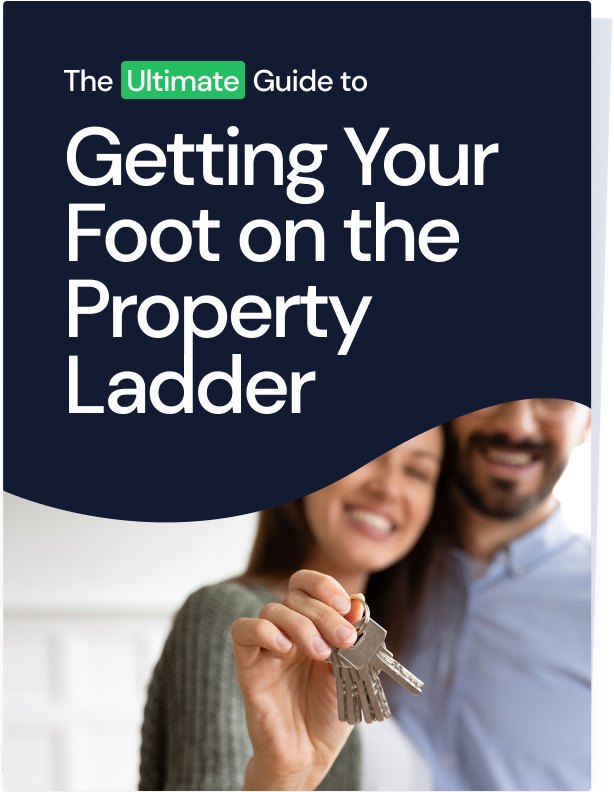
Ready, Set, Buy!
Learn everything you need to know about buying property – from choosing the right property and home loan, to the purchasing process, tips to save money and more!
With bonus Q&A sheet and Crossword!


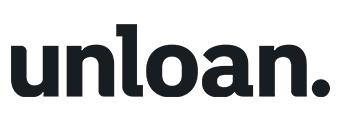
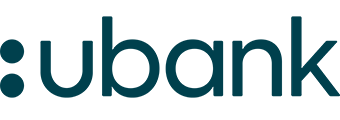



 Rachel Horan
Rachel Horan
 Harrison Astbury
Harrison Astbury